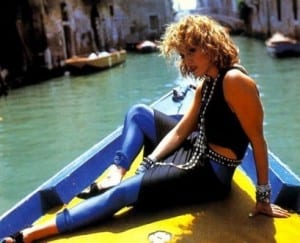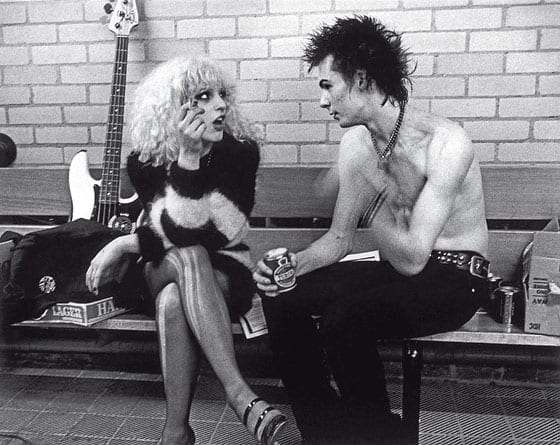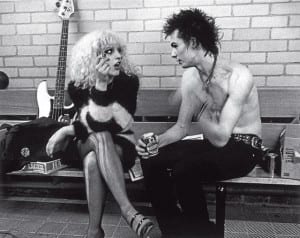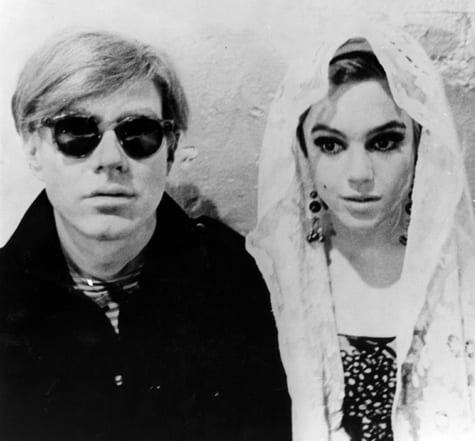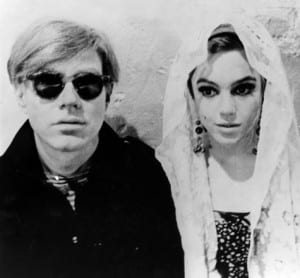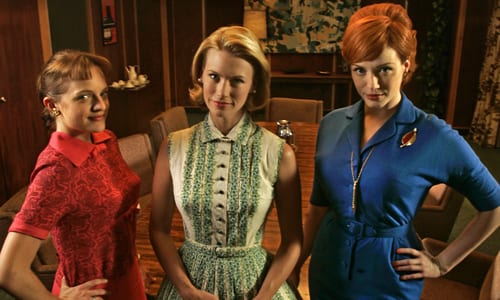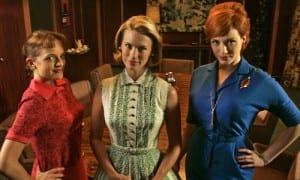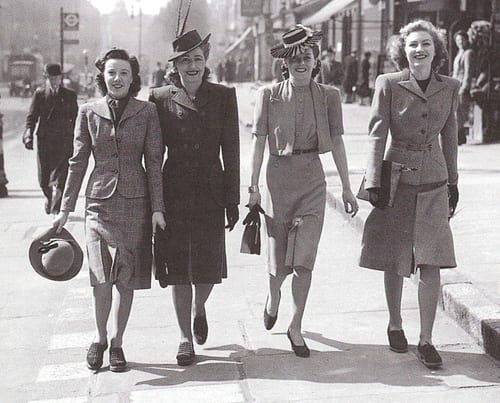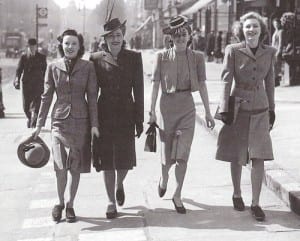1980s

The 1980s is often described as ‘the decade that fashion forgot’, yet it is loved and adored by those not even born in that decade. Love it or hate it, the 80s saw an innovation of design and style that has stayed with us since and remains popular at vintage fairs.
The start of the 80s was hit by a recession, which tightened the purse straps of the nation and stirred up anger at the Thatcher government. As the north and the midlands were ravaged by job losses and miners strikes, streetwear and the logo t-shirt became ways to make your beliefs known.
Most famously championed by Frankie Goes to Hollywood and Wham, bearing the slogans ‘Frankie Says Relax’ and ‘Choose Life’, replicas became popular must-haves and are still manufactured today.
For the middle-classes the ‘Sloane’ look was much desired. Inspired by Princess Diana, these women wore smart two piece designer suits and pearls and enjoyed champagne lunches. The working woman uniform was the power suit, with its fitted tailored jacket and shoulder pads. In a range of colours, their job was to command a room as women began to break through the glass ceiling.
For the working-class there was a DIY fashion movement and the wealth of new popstars became their fashion idols. Most notably was Madonna, with her unique thrown together and customised style that inspired thousands. Her music, along with that of The Culture Club, Wham and Adam and the Ants defined a generation.
The New Romantics influenced fashion dramatically, and represented an evolution of the punk era, that had become old and overblown. The style of the new romantics was feminine and men often experimented with make-up and sexuality. Women looked to Madonna for inspiration with her messy hair, tutu skirts and over-accessorising.
The Brat Pack movies flourished at the box office, and puffball prom dresses and skirts became must-have items. The 80s remains a popular go to style today and in the 21st century, it is admired and loved for its bad taste.
Suits: Most shapes, boyish, hourglass, pear
Good for: Puffball skirts, shoulder pad detail, power suits, slogan t-shirts
Invest in: An 80s puffball prom dress
Who wears it well: Rihanna, Mary-Kate Olsen, Ke$ha, Agyness Deyn
